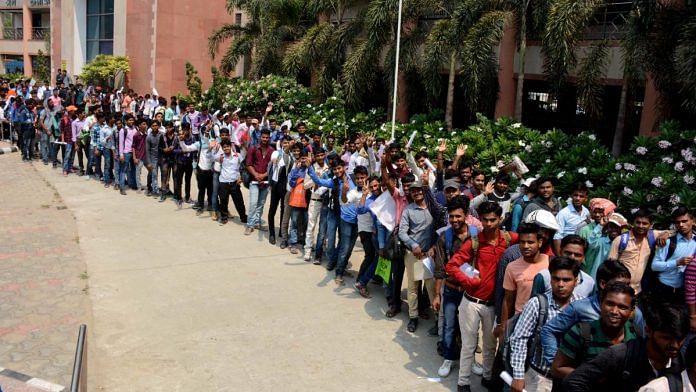India’s greatest strength compared to the rest of the world is its demographic dividend. With 65% of its population under the age of 35, India has a significant edge over developed countries like Japan, South Korea, those in Europe, and even China, which are grappling with aging populations and shrinking workforces. To harness the power of young India, Finance Minister Nirmala Sitharaman announced groundbreaking initiatives in last year’s Union Budget, including the PM Internship Scheme, Employment Linked Incentives, the upgradation of ITIs, and the Model Skill Loan Scheme. Employment Linked Incentives promote job creation by providing financial benefits to both employers and first-time employees. For India to achieve its vision of ‘Viksit Bharat’, structural reforms are essential to fully reap the benefits of these transformative government schemes.
The intended objectives of youth-centric schemes will be achieved with thriving private capital investment. India must prioritise sustainable, long-term economic growth by focusing on attracting private investment and enhancing productivity rather than relying solely on a consumption-led economy. The decline in FDI over the last few quarters is alarming. The Union Budget should consider offering revised tax slabs under the old tax regime and increasing tax deduction limits to incentivise the young workforce to save more, leading to domestic private investment. To propel foreign investments, a green channel should be established for credible investors that would expedite approvals for setting up plants and enhancing the ease of doing business.
While the government can act as a catalyst, it is private capital infusion that creates massive employment opportunities, driving up per capita income. To make investments in India lucrative for private investors, reductions in capital gains taxes and reforms in labour laws—such as simplifying compliance requirements and relaxing rigid termination processes—are necessary.
What Budget 2025-26 should focus on
Increased private investment will lead to job growth, but effective training and innovation are crucial to equipping individuals with the required skills. According to the India Skills Report 2024, 51.25 per cent of employable youth lack the skills needed for available job opportunities, which shows the urgency of skilling initiatives. Prioritising research and innovation is essential for driving efficiency and productivity across sectors. In the upcoming Union Budget, the finance minister should focus on creating technology infrastructure, establishing research and development (R&D) centres, and promoting training in emerging technologies like AI, data science, data centres, semiconductors, and renewable energy.
It will allow the youth to acquire these new-age skills and compete effectively in the global markets. Teaching these in-demand skills must begin early, from high school to college, through strong academia-industry partnerships. Dedicated funding should be allocated to develop the necessary infrastructure across states. Many of these technologies are nascent, and establishing a supportive ecosystem will help India’s youth capitalise on these trends, creating vast job opportunities in both formal and informal sectors.
The National Education Policy (NEP) 2020, a path-breaking initiative by the Narendra Modi government, needs nationwide implementation to prepare India’s youth for a competitive global landscape while fostering holistic development and innovation. To address the issue of reduced learning outcomes in government schools, the finance minister should introduce a framework in the Union Budget that incentivises teachers based on student performance at every grade level.
Over 8,500 Atal Tinkering Labs (ATLs) have been established in India to foster creativity and innovation among high school students by providing hands-on experience in STEM fields. Expanding ATLs to all schools across the country could significantly enhance scientific temper among students. While the PM Internship Scheme is a commendable step toward addressing youth unemployment, its current eligibility is limited to individuals aged 21-24. Expanding the programme to include individuals aged 18-26 could enhance its impact, offering more young people the opportunity to gain practical work experience and advance their careers.
India’s demographic dividend is a powerful asset but not a guaranteed path to success. Prioritising private investment, skill development, and education reform can create a virtuous cycle of growth and opportunity, empowering India’s youth and building a ‘Viksit Bharat’ that reflects the aspirations of its people.
Editor’s Note: A sentence from an earlier version of this article has been withdrawn by the author.
The author is a member of the Bharatiya Janata Yuva Morcha (BJYM), in its policy research and training division. He tweets @SidChepuri. Views are personal.
(Edited by Prashant)







Very nice Siddhu 👌
Very nice
Budget will deliver freebies, subsidies, reservations, loan waivers, and taxes.